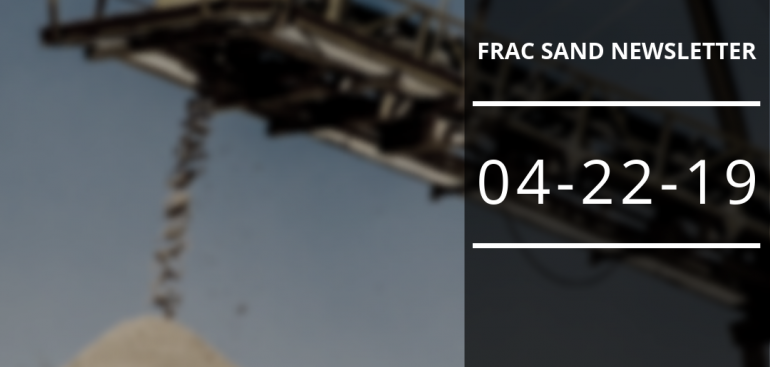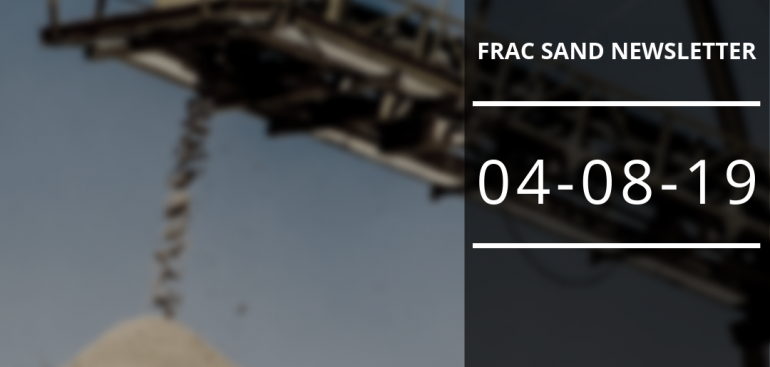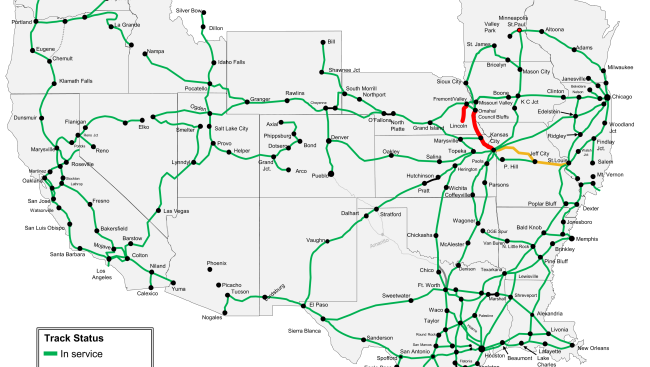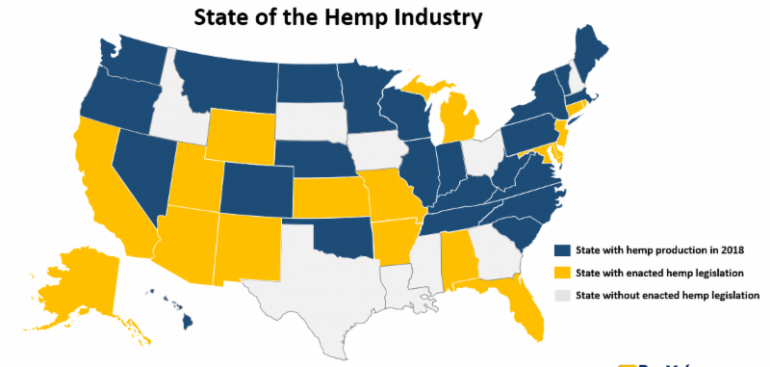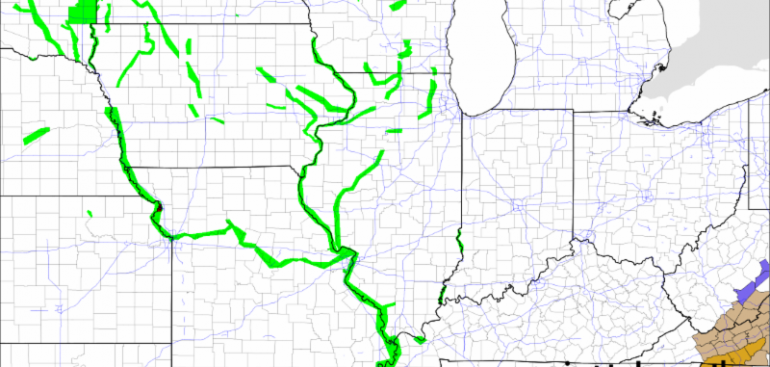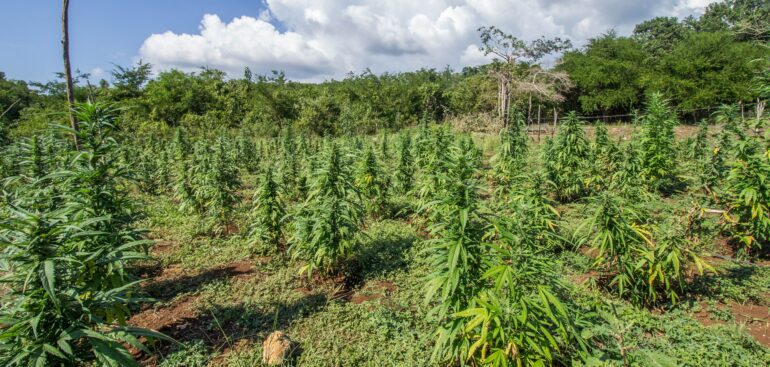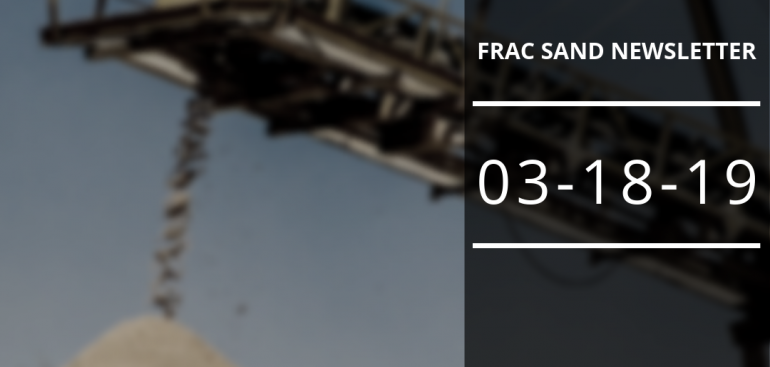The spot biomass market has seen consolidation between the Colorado, Kentucky and has generally transacted in the range of $3.30 to $4.50 per percentage point of CBD content (/point) throughout April. At this point, hemp producers have either sold out of product or are holding positions, expecting prices to rise during the summer months. Although it is foreseeable that the biomass market could reach the mid $5/point range this summer, there has been increased reports about biomass quality degradation leading to questions on best practices for post-harvest storage.
The northern white market has begun Q2 with sideways movement following a strong end to Q1. 40/70m has been especially difficult to source for both spot and contract customers over the past several weeks;
PanXchange produces indices for emerging commodities bringing price transparency, price discovery, and key market intelligence. We acquire pricing information by conducting surveys with vetted and anonymous market participants and make expert assessments based on a variety of factors. We will publish monthly spot biomass assessments for Colorado, Oregon, and Kentucky, with plans of expanding crude, distillate, and isolate reporting as well as additional regions.
Hemp is a member of the cannabis sativa family but differs from marijuana as hemp is cultivated for an array of industrial uses rather than marijuana’s medicinal and recreational purposes. The hemp plant was domesticated thousands of years ago and one of the first plants used for fiber, but was outlawed in the US in 1970 after all species of the cannabis sativa family were labeled a Schedule 1 drug, and it’s legal status varies around the world with most countries heavily regulating any permitted production. In the 2018 US farm bill, industrial use of hemp was legalized nationwide.
Last week, the markets were mostly stronger with the exception of both Kermit 100 and 40/70 mesh. The divergent behavior of the past few weeks between Kermit and northern white markets is slightly deceiving. One might assume that the combination of positive movement for FOB Odessa and the negative movement for FOB Kermit might suggest a shift in demand; however, this is not the case.


